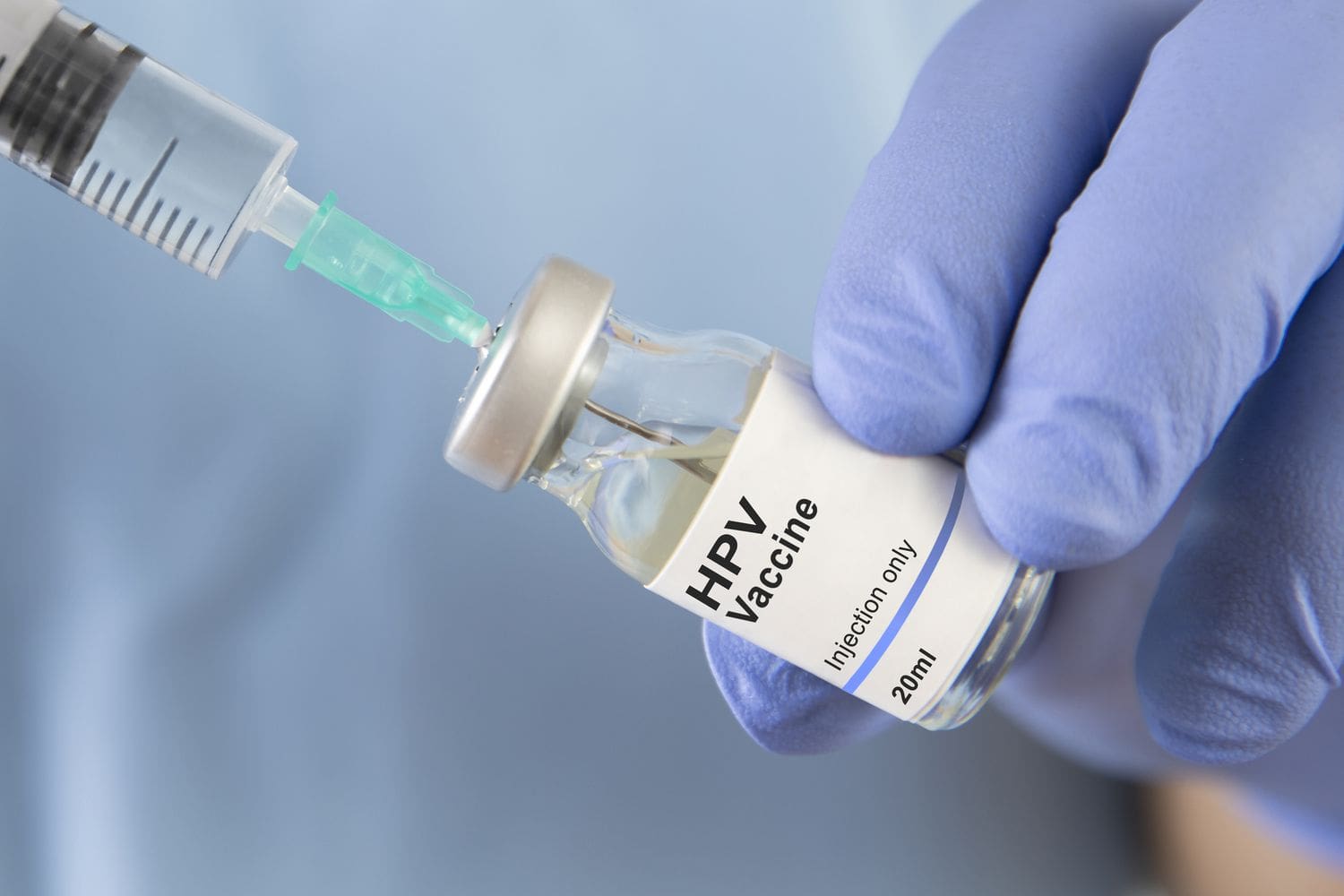Breakthrough study: Self-administered HPV tests enhance cervical cancer screening

A key advantage of this method is its efficiency; risk assessment can be performed immediately after the HPV self-test without requiring additional laboratory testing.
A groundbreaking study has revealed that analyzing self-administered HPV tests can effectively classify HPV-positive women into three distinct risk groups, potentially revolutionising cervical cancer screening.
With over 340,000 cervical cancer-related deaths globally each year—many in low-income countries like Kenya, where the disease claims more than 3,200 lives annually—this innovative method promises improved access and early intervention, particularly for underserved communities.
More To Read
- Vaccine hesitancy: Inside Kenya’s push against measles, rubella and typhoid
- Uganda unveils herbal remedies for cancer care, eyes clinical trials
- Cancer patients left in limbo as KNH radiotherapy machine breaks down
- Religious leaders join health experts in fight against cervical cancer, maternal deaths
- Single-dose HPV vaccine beneficial for children between 9 and 14 years
- Man's emotional, financial pain of caring for wife battling cancer, then losing her
The study focused on 855 women in England who tested positive for HPV through self-administered tests as part of a trial targeting those overdue for routine cervical cancer screening. Conducted by researchers from Karolinska Institutet and Queen Mary University of London and published in PLOS Medicine, the study aimed to evaluate a new risk assessment method.
After initial self-testing, participants underwent follow-up testing by healthcare professionals. Results showed that 8.3% of the women (71 participants) had severe cervical pre-cancer or cancer. This finding highlights the potential of self-testing combined with advanced risk analysis to improve cervical cancer detection and management.
Researchers evaluated the self-test results using a novel risk assessment method, which analyzed the type of HPV virus and the viral load, measured by the cycle threshold (Ct) value. Women were categorised into high-, medium-, and low-risk groups. Those with HPV type 16 and a Ct value below 30 were identified as having the highest risk of severe pre-cancer or cancer.
“Approximately 40% of women in the high-risk group were diagnosed with severe cervical pre-cancer or cancer requiring treatment,” explained Dr. Jiayao Lei, Assistant Professor at Karolinska Institutet and lead author of the study. “We recommend that these women be referred directly for further investigation through colposcopy.”
Dr. Lei emphasised that self-testing is crucial for expanding cervical screening coverage, especially among women who might otherwise forgo participation due to barriers like stigma or limited access to healthcare. This innovative approach could be a game-changer for reducing cervical cancer mortality rates worldwide.
In contrast, over half of the HPV-positive women were classified as low-risk, with only a 4% likelihood of developing severe cervical pre-cancer or cancer within a year.
 Cervical cancer is the fourth most common cancer among women, claiming an estimated 350,000 lives globally in 2022. (Photo: Shutterstock)
Cervical cancer is the fourth most common cancer among women, claiming an estimated 350,000 lives globally in 2022. (Photo: Shutterstock)
“For the low-risk group, retesting after 12 months is a safe approach, while the moderate-risk group should seek clinical testing,” added Professor Peter Sasieni, the study’s senior author from Queen Mary University of London.
A key advantage of this method is its efficiency; risk assessment can be performed immediately after the HPV self-test without requiring additional laboratory testing.
The World Health Organisation notes that cervical cancer, when detected early, is one of the most treatable forms of cancer. Effective management ensures positive outcomes, even in cases diagnosed at later stages, which can still be controlled with appropriate treatment and palliative care.
Cervical cancer develops in the cervix, the entrance to the uterus from the vagina. Nearly all cases (99%) are linked to high-risk human papillomavirus (HPV) infections, a common virus transmitted through sexual contact. While most HPV infections resolve on their own without causing symptoms, persistent infections can lead to cervical cancer.
Globally, cervical cancer is the fourth most common cancer among women. In 2022, an estimated 660,000 women were diagnosed with cervical cancer, and approximately 350,000 died from the disease.
Despite these alarming statistics, cervical cancer is largely preventable. Primary prevention through HPV vaccination and secondary prevention through screening and treating precancerous lesions can significantly reduce cases.
With a comprehensive strategy focused on prevention, early detection, and treatment, cervical cancer could be eliminated as a public health issue within a generation.
Top Stories Today












































